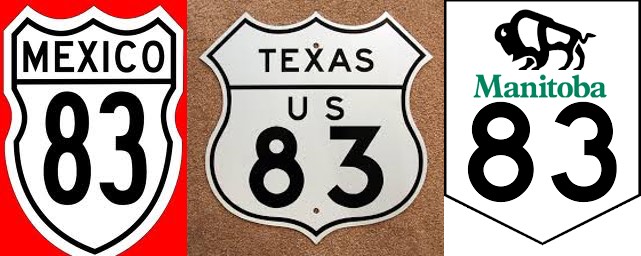Trucks hauling cargo from Canada through the United States to Mexico and back navigate border crossings without the need for passports, visas or even a driver to steer them.
It’s an idea that’s not too far-fetched, says a group that met in North Dakota last week.
Marlo Anderson with the Central North American Trade Corridor Association says members are working to turn the idea into reality.
The plan is for an autonomous vehicle corridor along Route 83, which runs north-south through Texas, Oklahoma, Kansas, Nebraska, South Dakota and North Dakota. The road then continues into Manitoba.
A study into the feasibility of the project is being planned and Anderson says the group wants to travel to communities along the corridor to gain support.
“One of the challenges we have here in North Dakota is that we have a lot of energy production going on right now, but not enough pipelines to carry the oil from North Dakota to its destination point,” he said.
That means other commodities, such as grain, need to fight for space on trains. A separate corridor could relieve that pressure, he said. Tank Trailers could easily ride on the corridor making safety easier and simpler for transporting goods.
“We’re hopeful that, working with the Canadian government, the Mexican government, the United States, we can create some kind of automated way … (to) streamline that process of border crossings.”
The technology, though experimental, already exists in driverless vehicles that use tools such as GPS to navigate roads, Anderson said.
Unmanned vehicles are more efficient, he suggested.
“They don’t need to worry about a driver having too many hours in a day or in a week. Those types of things go by the wayside because the vehicle doesn’t care.”
Anderson said he understands why the idea is unnerving for some, but noted that unmanned vehicles have the potential to remove human error from driving.
“What we have to do is to educate people.”
One of the concerns Anderson hears most often is that a vehicle’s system could be hacked and taken over. “There have to be security measures in place so that doesn’t happen.”
Roy Ludwig, mayor of Estevan in southeastern Saskatchewan near the border, attended the association’s summit and says he believes in the project.
“You have to flesh it out and take care of all the intricacies, but it’s definitely worthwhile looking into it,” he said. “I would support the new technologies and see where they go.”
Ludwig added that such a corridor could foster trade with the United States.



Recent Comments